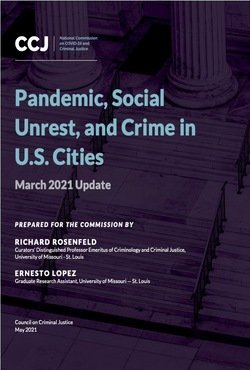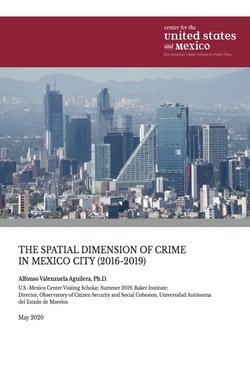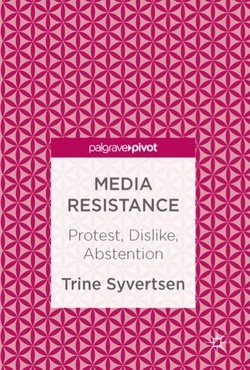By Richard Rosenfeld and Ernesto Lopez: National Commission on COVID-19 and Criminal Justice
This study is the fifth in a series of reports exploring pandemic-related crime changes for the National Commission on COVID-19 and Criminal Justice. Updating that earlier work, this analysis reveals both increases and decreases in crime rates in a sample of United States cities during the first quarter of 2021 compared with the first quarter of 2020. Homicides, aggravated and gun assaults, and motor vehicle thefts increased, while residential burglaries, nonresidential burglaries, larcenies, and drug offenses fell. The timing of the declines in burglaries, larcenies, and drug crimes coincided with the stay-at-home mandates and business closings that occurred in response to the pandemic. Quarantines reduced residential burglary. When businesses are closed, there is no shoplifting. Selling drugs on the street is more difficult when there are fewer people on the street, and drug arrests fall when police reduce drug enforcement because they have prioritized other activities. Our findings show that there was a 26% increase in motor vehicle thefts in the first quarter of 2021 compared to the same period in the previous year, even as other property crimes declined. Motor vehicle thefts may have risen during the pandemic as more people left their vehicles unattended at home rather than in secure parking facilities at work.
Washington, DC: Council on Criminal Justice, 2021.













